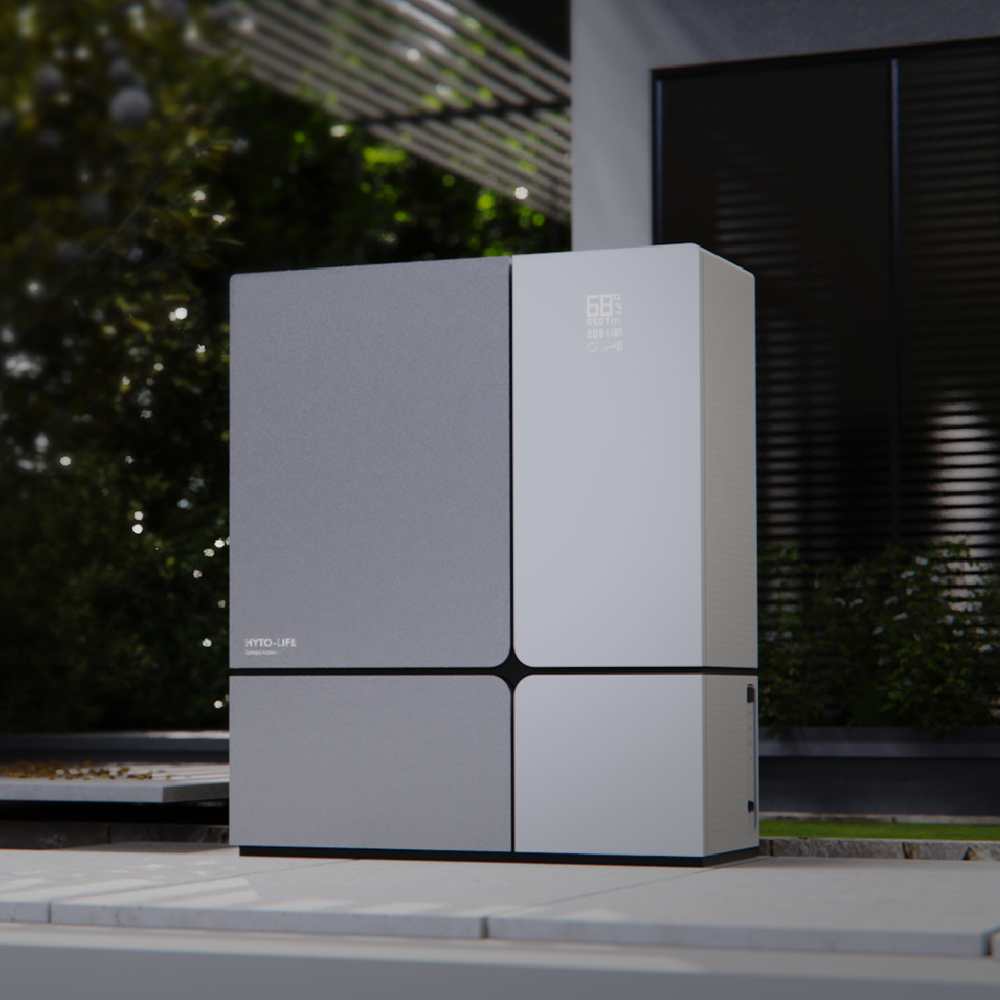A green hydrogen plant is a facility designed to produce hydrogen through the electrolysis of water, using electricity sourced entirely from renewable energy. These plants typically integrate several key components: renewable energy generators (solar panels, wind turbines, or hydroelectric systems) to supply the necessary power; electrolyzers (such as PEM, alkaline, or AEM types) to split water into hydrogen and oxygen; storage systems (metal hydride tanks, high-pressure gaseous tanks, or cryogenic liquid tanks) to store the produced hydrogen; and often, auxiliary systems for hydrogen compression, purification, and distribution. The operational flow starts with renewable energy generation, which powers the electrolyzers. The hydrogen produced is then processed, stored, and either used on-site (e.g., for industrial applications or fuel cell power) or transported to end-users. Green hydrogen plants vary in scale, from small, modular units for distributed use (e.g., residential or commercial) to large industrial facilities, all aimed at producing carbon-free hydrogen to support decarbonization across energy, transportation, and industrial sectors.

Our professional sales team are waiting for the discussion with you.